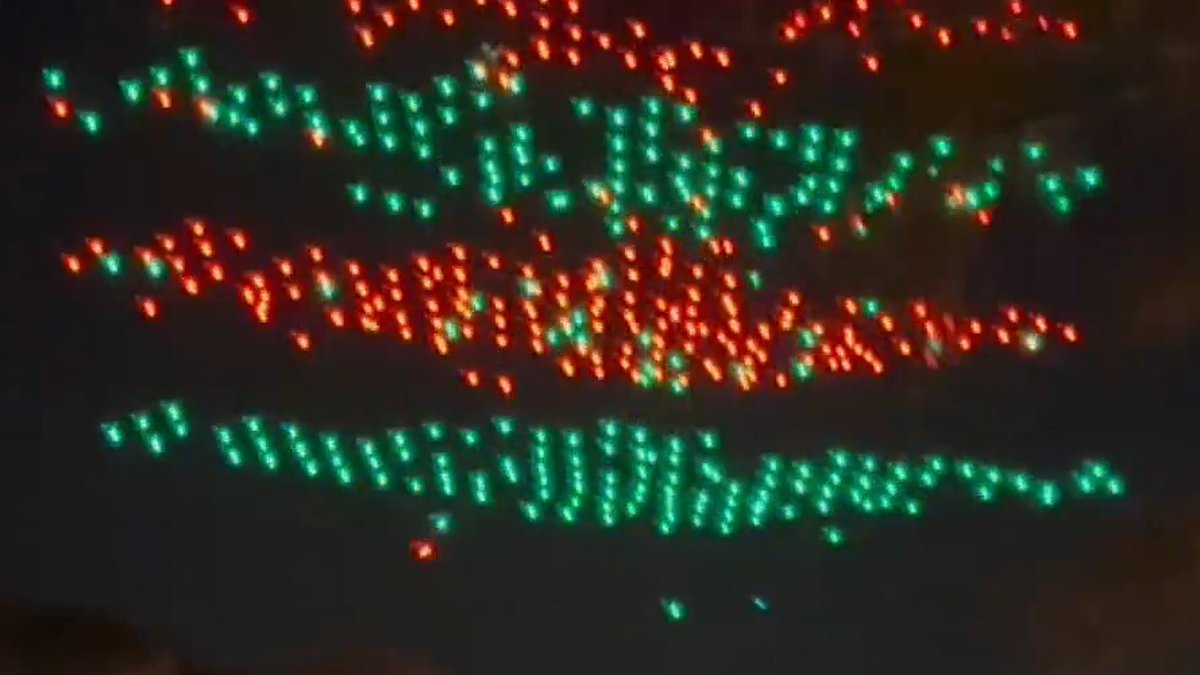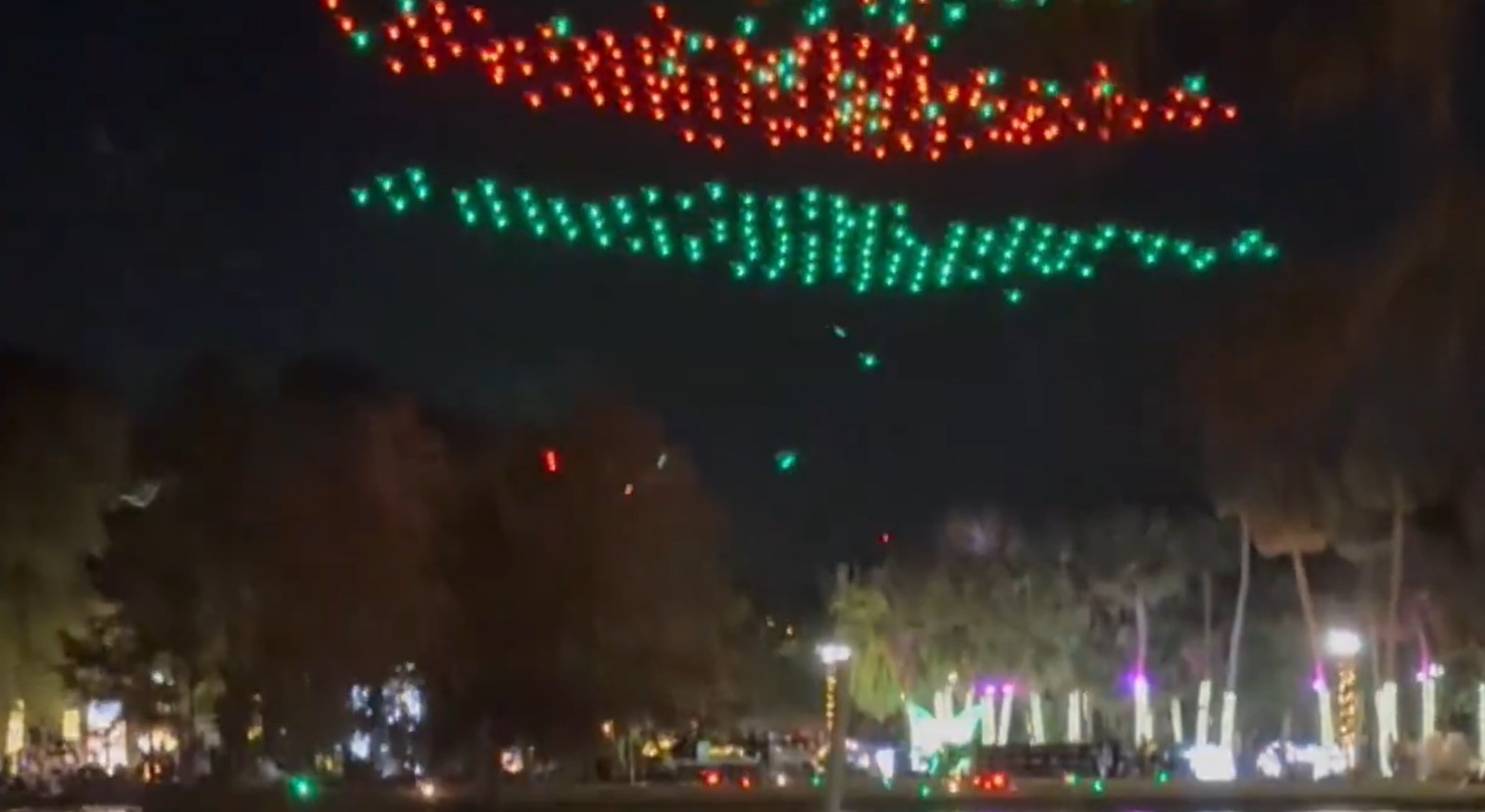Drone crash: It’s a scenario that can range from a minor inconvenience to a major incident, depending on the circumstances. This guide explores the multifaceted world of drone crashes, delving into the common causes, effective prevention strategies, and the significant consequences that can arise. We’ll cover everything from mechanical malfunctions and human error to environmental factors and the legal ramifications.
Understanding these aspects is crucial for both recreational and professional drone pilots.
We’ll examine various contributing factors, including mechanical failures, pilot error, software glitches, and weather conditions. We’ll also look at preventative measures like pre-flight checks, operator training, and technological advancements designed to enhance drone safety. Finally, we’ll address the aftermath of a crash, including damage assessment, legal considerations, and data analysis techniques to help prevent future incidents.
Drone crashes can be a bummer, especially when you’ve invested in a decent machine. If you’re looking for a reliable option, check out the specs on the e88 drone before your next flight. Understanding your drone’s limitations and always practicing safe flying habits will greatly reduce the risk of a crash.
Drone Crash Causes
Understanding why drones crash is crucial for improving safety and preventing future incidents. Several factors contribute to these accidents, ranging from mechanical issues to human error and environmental conditions. Let’s explore the most common causes.
Five Common Causes of Drone Crashes
Five primary factors frequently lead to drone crashes: mechanical failure, pilot error, software glitches, environmental conditions, and collisions with obstacles.
- Mechanical failure encompasses issues like motor malfunctions, propeller damage, and battery problems.
- Pilot error includes mistakes such as improper takeoff/landing procedures, loss of situational awareness, and exceeding the drone’s capabilities.
- Software glitches can cause unexpected behavior, leading to instability and crashes.
- Environmental factors, like strong winds or rain, can negatively impact drone stability and control.
- Collisions with obstacles, such as trees, buildings, or other objects, are a significant cause of drone crashes.
The Role of Mechanical Failure
Mechanical failures are a significant contributor to drone crashes. These failures can range from minor issues, like a loose propeller, to catastrophic events, such as a motor burnout. Regular maintenance and pre-flight checks are essential to mitigate these risks.
The Impact of Human Error
Human error plays a substantial role in drone accidents. Inexperience, poor judgment, and failure to follow safety protocols are common factors. For instance, a pilot might attempt a flight in unsuitable weather conditions or fly beyond the drone’s visual range, resulting in a loss of control.
Software Glitches and Their Contribution
Software glitches can cause unpredictable drone behavior, leading to crashes. These glitches can stem from bugs in the firmware, interference from other electronic devices, or issues with GPS signal reception. Regular firmware updates and careful attention to electronic interference are key to preventing these issues.
Environmental Factors and Drone Stability
Environmental conditions significantly impact drone stability. Strong winds can easily overwhelm a drone, causing it to lose control and crash. Rain can damage electronic components, leading to malfunctions. Pilots should always check weather forecasts before flying and avoid flying in adverse conditions.
Drone Crash Prevention
Preventing drone crashes requires a multi-faceted approach encompassing pre-flight checks, operator training, adherence to regulations, technological advancements, and careful consideration of drone model selection.
Pre-Flight Drone Inspection Checklist, Drone crash
A thorough pre-flight checklist is crucial. This checklist should include verifying battery levels, inspecting propellers and motors for damage, confirming GPS signal strength, and checking the overall stability of the drone.
- Battery Level Check
- Propeller and Motor Inspection
- GPS Signal Verification
- Drone Stability Assessment
- Gimbal and Camera Check
Drone Operator Training Program
Comprehensive training programs are essential for safe drone operation. These programs should cover pre-flight checks, emergency procedures, airspace regulations, and responsible flying practices. Simulated flight scenarios and hands-on practice are valuable components of effective training.
Regulations and Best Practices for Safe Drone Operation
Adhering to all relevant regulations and best practices is non-negotiable. This includes registering the drone, obtaining necessary permits, respecting airspace restrictions, and maintaining a safe distance from people and property.
- Drone Registration
- Permit Acquisition
- Airspace Awareness
- Safe Distance Maintenance
Technological Advancements in Crash Prevention

Technological advancements, such as advanced obstacle avoidance systems, GPS-based return-to-home features, and fail-safe mechanisms, significantly enhance drone safety and reduce crash risks. These features provide additional layers of protection in case of unexpected events.
Comparative Analysis of Drone Models and Crash Risks
Different drone models inherently possess varying levels of crash risk. Factors such as build quality, component reliability, and software sophistication influence a drone’s susceptibility to crashes. Researching and selecting a reliable drone model from a reputable manufacturer is crucial.
Drone Crash Impact and Response

Understanding the potential consequences of drone crashes and establishing effective response procedures is vital for minimizing damage and ensuring safety.
Consequences of Drone Crashes in Urban Environments
Drone crashes in urban areas can have severe consequences, including property damage, personal injury, and disruption to public services. A falling drone can cause significant harm to people or damage infrastructure, leading to potential legal liabilities and financial repercussions.
Handling a Drone Crash in a Populated Area
In the event of a drone crash in a populated area, immediate actions are critical. Securing the crash site, assessing injuries, contacting emergency services, and documenting the incident are crucial steps.
Drone crashes can be a real headache, especially if your expensive equipment is damaged during shipping. If you’re using UPS to transport your drone and need to track it down or report a problem, you’ll want the right contact information; you can find the ups canada phone number handy for just such situations. Getting in touch quickly is key to resolving any issues related to your drone crash and getting things sorted out fast.
Legal and Regulatory Implications of Drone Crashes
Drone crashes involving property damage or personal injury have significant legal and regulatory implications. Investigations will be conducted, and liability may be determined based on factors such as negligence and adherence to regulations. Insurance coverage plays a significant role in managing these implications.
Investigating a Drone Crash Incident
Investigating a drone crash involves gathering evidence, such as witness statements, drone wreckage, and flight data logs. This information helps determine the cause of the crash and potentially assign responsibility.
Recovering and Repairing a Crashed Drone
Recovering and repairing a crashed drone depends on the extent of the damage. Minor repairs can often be performed at home, while significant damage may require professional assistance. Proper handling of damaged components and batteries is important for safety.
Drone Crash Data Analysis (Illustrative)
Analyzing drone crash data helps identify trends and patterns, leading to improved safety measures. This analysis often involves compiling data from various sources and visualizing it using charts and flowcharts.
Frequency of Drone Crashes Based on Different Causes
| Cause | Frequency | Location Type | Damage Level |
|---|---|---|---|
| Pilot Error | 45% | Urban | Moderate |
| Mechanical Failure | 25% | Rural | Minor |
| Software Glitch | 15% | Urban | Severe |
| Environmental Factors | 10% | Rural | Minor |
| Collision with Obstacle | 5% | Urban | Moderate |
Hypothetical Drone Crash Scenario
A DJI Mavic 3 drone, during a flight in moderate winds (15 mph) and light rain, experienced a sudden motor failure. The drone fell from approximately 100 feet, resulting in significant damage to the airframe and gimbal. The estimated repair cost was $500.
Visual Representation of Drone Crash Data
Bar charts would effectively illustrate the frequency of crashes based on different causes. A pie chart could show the proportion of crashes occurring in various locations (urban vs. rural).
Flowchart Illustrating Drone Crash Response
A flowchart would visually represent the steps involved in responding to a drone crash, starting with initial detection, moving through site assessment, emergency contact, evidence collection, and concluding with the final investigation report.
Conclusive Thoughts

Ultimately, preventing drone crashes requires a multi-pronged approach. By understanding the common causes, implementing rigorous safety protocols, and leveraging technological advancements, we can significantly reduce the risk of these incidents. This guide serves as a resource to improve drone safety, promote responsible operation, and mitigate potential consequences. Remember, safe drone operation is paramount for protecting property, people, and the integrity of this exciting technology.
FAQ Section
What should I do immediately after a drone crash?
Drone crashes can be frustrating, especially when you’re trying to analyze flight data. If you’re relying on AI tools for this, a malfunction can be a real problem; for example, if ChatGPT isn’t working, like when you see the error message on chatgpt not working , your data analysis workflow is completely disrupted. Getting back to drone crashes, remember to always check your battery levels and pre-flight checklist to minimize the risk of a crash.
Ensure your safety first. Assess the damage and any injuries. Secure the crash site if possible and contact relevant authorities if necessary (e.g., police, FAA).
How do I insure my drone against crashes?
Many insurance providers offer drone insurance policies covering damage, liability, and even loss. Research options and compare coverage levels and costs.
Are there any resources for reporting drone crashes?
Depending on your location and the severity of the crash, you may need to report it to local authorities or aviation regulatory bodies. Check your local regulations for reporting procedures.
Can I repair my drone myself after a crash?
Depending on the extent of the damage and your technical skills, you might be able to repair it yourself. However, for significant damage, it’s best to seek professional repair services.